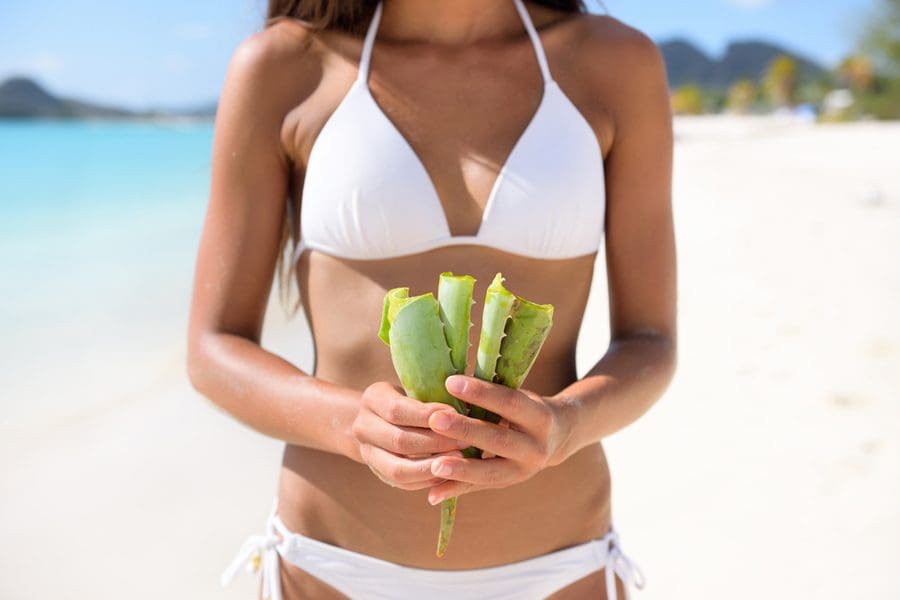A day at the beach or a family cookout is all fun and games – until later that day when you realize you are sunburned! People will tell you their tips for avoiding and healing sunburns, but what really works? Some common sunburn avoidance and treatment practices are merely myths, but some do help. Here’s what you should – and shouldn’t – try.
What Is Sunburn?
To learn how to avoid and treat a sunburn, you should understand why it happens in the first place. Sunburn is red skin that usually appears within a few hours after exposure to ultraviolet (UV) light. It can be painful, itchy, and feel hot to the touch. It can also cause the skin to peel and flake. But sunburn is not only uncomfortable; it’s dangerous. Repeated exposure to the intense UV light that causes sunburn also causes more permanent skin damage – like dark spots, rough spots, and dry or wrinkled skin. In addition, it raises your risk for melanoma and other skin cancers.
Sunburn Myths
Most sunburn myths revolve around ways of preventing them. But the only reliable way to prevent sunburn is to stay out of the sun or use proper sun protection. Let’s dig into some of these common misconceptions.
Myth #1: Base tans will prevent you from getting sunburned.
The Truth: While base tans offer some level of sun protection, it is not enough to keep you from burning. A tan is the result of your body producing melanin after excessive UV light exposure, but it does not provide the same level of protection as sunscreen.
Myth #2: People with darker skin can’t get burnt.
The Truth: People with skin of any shade are at risk when they spend too much time in UV rays.
Myth #3: Cloudy days are safer to spend outdoors.
The Truth: Clouds block some UV light, but rays will always sneak through; that’s why sunburns can happen year-round in any weather.
Sunburn “Cures”
Of course, what’s better than having to “cure” a sunburn is to avoid getting one altogether by using proper sunscreen, applying regularly and liberally as directed, and wearing protective gear like hats and sunglasses. But when it’s too late for prevention, here’s what you should try.
- Cold compresses can help ease the pain of sunburned skin, especially if your sunburn is hot to the touch. A cold shower can have the same effect over a large surface area.
- Over-the-counter solutions can make a big difference. NSAID pain relievers (like ibuprofen) can help with the pain and swelling; antihistamines (like Benadryl) can help with itching and may also help you sleep; hydrocortisone creams can give additional relief, thanks to their anti-inflammatory effects; and occlusive moisturizers like Vaseline can protect blistered and peeling skin from picking and other damage.
- A topical aloe vera gel is your best friend when it comes to sunburns. It is soothing, moisturizing and has cooling properties.






